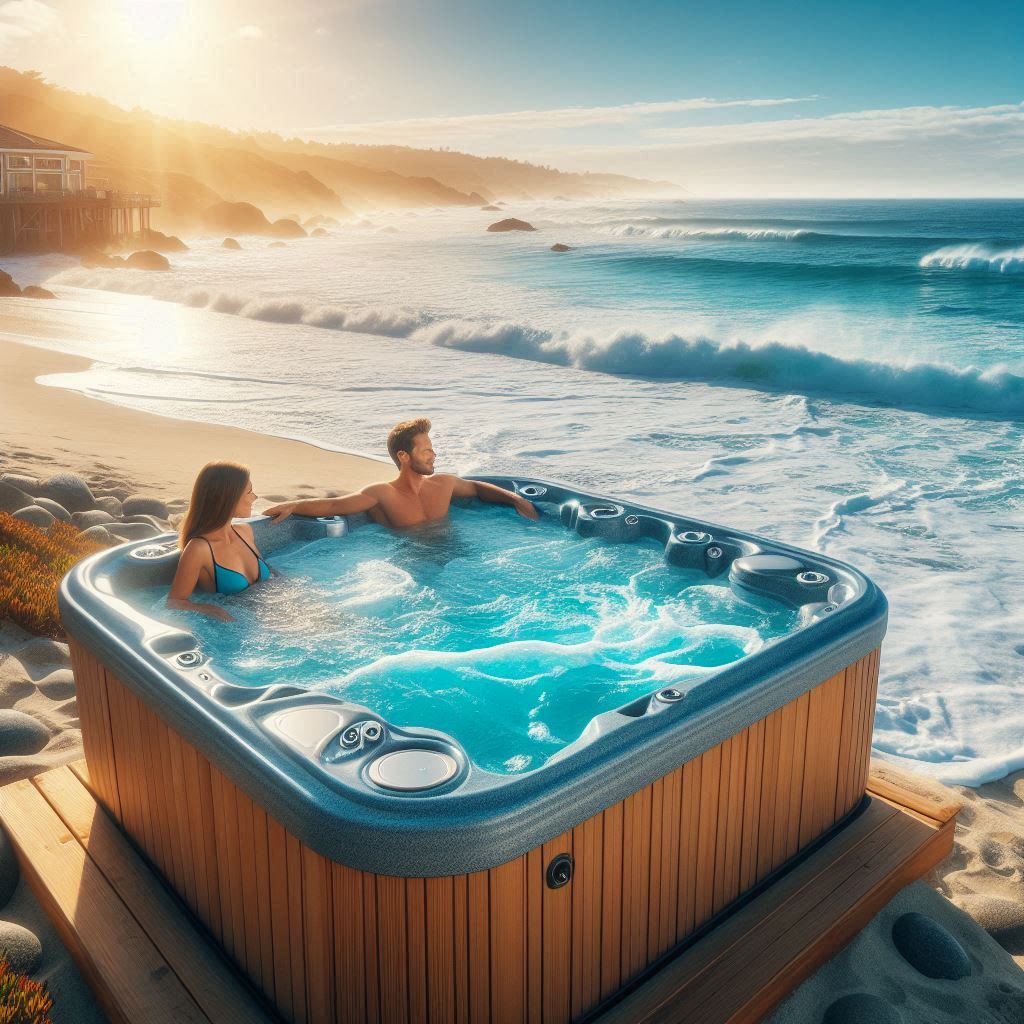What we cover:
The Importance of Safe and Hygienic Water Management: The importance of proper water chemistry, filtration, and sanitation management to maintain safety and enjoyment in a hot tub.
The article provides guidance on hot tub installation as well as maintenance, including the requirements for bases, electrical connections, and access considerations. Maintenance procedures include filter maintenance, regular water inspections, as well as methods to handle problems like cloudy water or foam.
Responsible Hot Tub Use: The document promotes proper use of a hot tub by addressing proper time limits for bathing, temperature management, visitor conduct and the environmental aspect of water conservation.
Key Facts:
1. Buying a Hot Tub or Swim Spa:
Types of Hot Tubs: There are various types of hot tubs available, including self-contained acrylic, timber, stainless steel, inflatable, soft tubs, liner hot tubs, and in-ground spas, outlining the characteristics and considerations for each.
Before making a purchase, testing a hot tub by soaking in it is highly advisable to determine its features and comfort level and its appropriateness for your requirements.
Warranty and Installation: It is important to be aware of the warranty terms and conditions. Only a qualified electrician should install the hot tub to guarantee safety and local regulations compliance.
2. Hot Tub Installation:
Location and Access: Careful planning is necessary for choosing the hot tub location, considering access routes, proximity to power and water supplies, privacy, and potential obstacles. After selecting the appropriate location for your hot tub, consider the physical process of transporting it from the road to the chosen site.
Foundation: A firm, level, and solid base is essential to support the hot tub’s weight. All hot tubs require a firm, level base that can bear the weight of the hot tub, water, and bathers without any movement.
Electrical Requirements: Specific electrical regulations apply to hot tub installations, including dedicated fused spurs, SWA cables, and RCDs. Professional installation by a competent person is mandatory.
3. Water Care and Maintenance:
Daily Checks: Sanitizer levels (chlorine or bromine) and pH balance must be checked daily in order to ensure safe and hygienic water. Test strips are recommended for easy daily checks.
Weekly and Monthly Maintenance: Shocking the hot tub, cleaning filters and looking for debris are weekly tasks. The hot tub shell and pipework should be cleaned monthly or quarterly along with draining and refilling.
Filter Care: The filters play a major role in water clarity. Regular rinsing, deep cleaning, and periodic replacement are essential.
Cloudy Water: Cloudy water can be caused by various factors, including bather load, environmental debris, and chemical imbalances. Shocking the hot tub, filter check, and using a clarifier can be used to clear the water.
Foam: Foam formation is often linked to high TDS (Total Dissolved Solids) levels. Showering before using the hot tub, rinsing bathing suits without detergent, using quality chemicals, and regular shock treatments can help prevent foam.
Shock Treatment: Shock treatment oxidizes impurities, removes chloramines/bromamines, and reactivates the sanitizer, ensuring water safety. Weekly shocking is recommended, especially after heavy use.
Hard Water: High calcium levels in hard water can cause scaling. It is advisable to use a scale inhibitor together with balanced pH and alkalinity.
4. Responsible Hot Tub Use:
Safe Bathing Practices: Hot tub sessions should not exceed 15 minutes and people should drink non-alcoholic drinks and children under four years old should be excluded from the hot tub.
Guest Etiquette: Inform your guests about the rules before they enter the hot tub including taking a shower before use, not using lotions or oils, and no food or glass items allowed in the hot tub.
Security: Proper security measures should be implemented to protect your hot tub particularly inflatable models. Secure your property, install motion-sensor lighting or CCTV, consider GPS trackers, and always lock the cover when not in use.
Water Conservation: You can help reduce water waste by using a water meter, splashing less, fixing leaks right away and keeping the cover on when the hot tub is not being used.
Some products you might be interested in:
[products_pinterest_style products=”4″ cat=”WellRecommended” columns=”4″]
